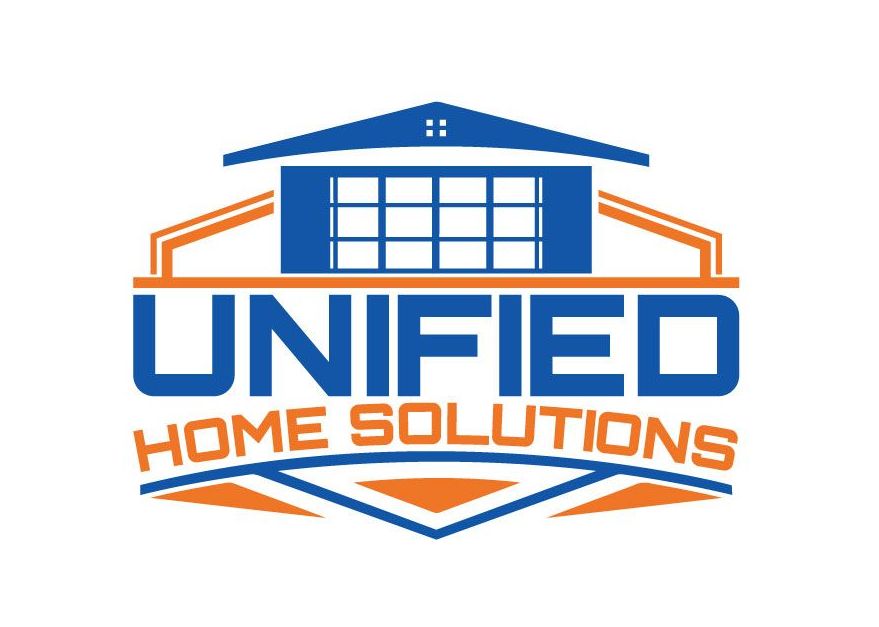MOBILE HOME INSULATION AND VENTING
Is your mobile home properly insulated and weatherized?
Mobile homes are found through-out Ohio, some are campers, permanently stationed on scenic mountains, for rent to weekend warriors. Others are used for retirees on the go, after the kids have all grown up and moved out, and a smaller space is more economic. Whether single wide, double wide, or the granddaddy triple wide, mobile homes tend to be more exposed to nature and its effects than any other style of housing because of their unique layout.
Mobile homes and their distinctive design, have utility hook ups for power, water, and pre-installed ducts that connect to external air conditioning and heating systems. These all reside underneath the mobile home in more of a crawlspace, rather than inside of the walls or in the basement of a conventional home. The same is found in prefabbed houses and some manufactured homes, and we insulate those as well!
What is the best insulation for a mobile home? We're going to explain all of the pro's and con's of each style of insulation for a mobile
See the difference of proper insulation and venting
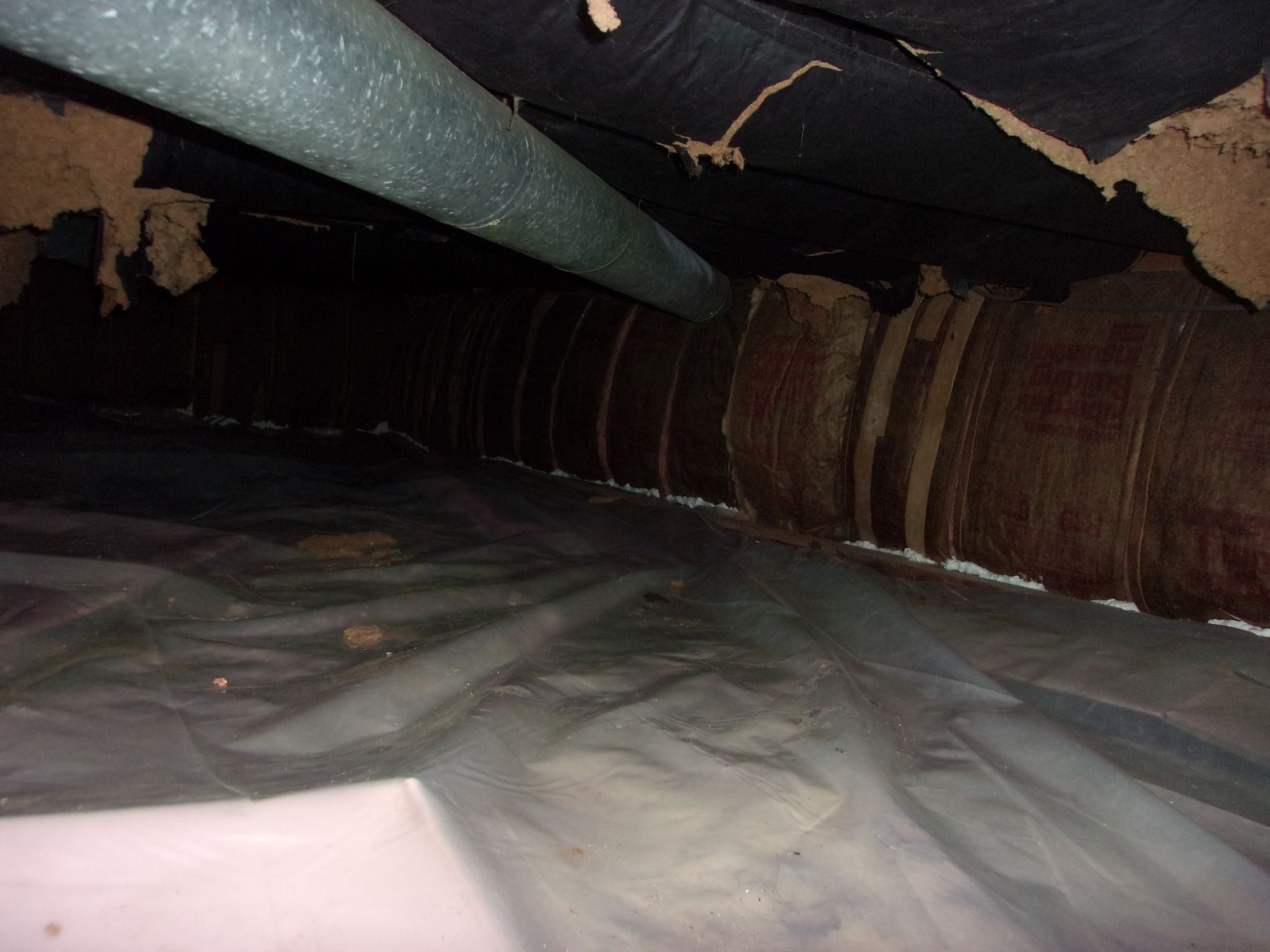
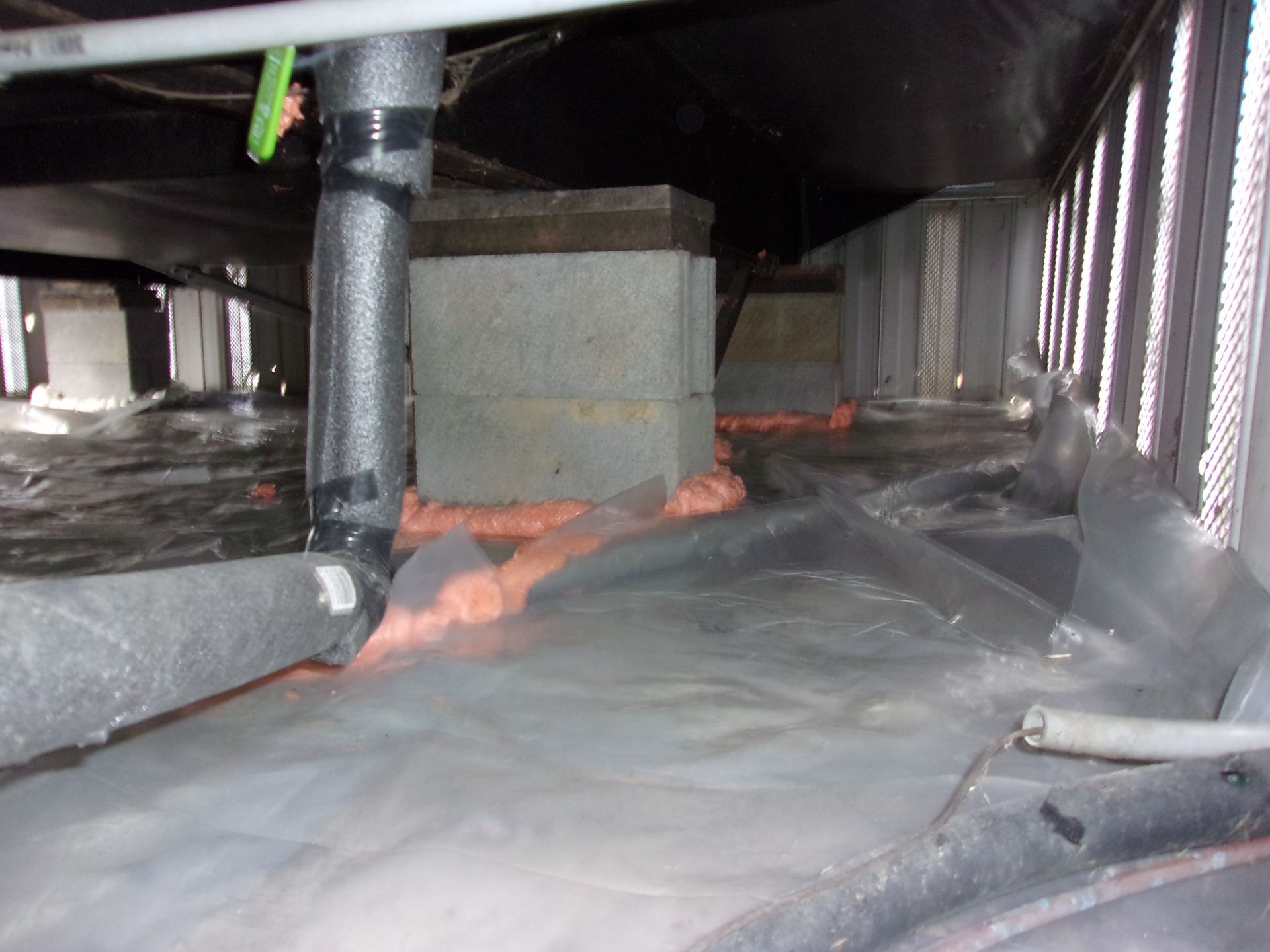
Mobile homes are more exposed than their traditional counterparts
Because of the exposed nature of a mobile home crawlspace, careful attention must be given to insulating the ducts, sealing for air and moisture in the crawlspace and providing plenty of venting for moisture to escape, while also keeping any critters out.
Unified Home Solutions saw a need in the NE Ohio community, to better serve our residents living in mobile homes, with our high performance insulation and weatherization services.
Mobile homes are under insulated in this area, and our customers in mobile homes can attest to the difference that weatherization and insulation can provide!
Unified Home Solutions is one of the only mobile home insulation providers in the Akron area.
How does Unified Home Solutions insulate mobile homes? - Mobile Home Belly Insulation
Mobile homes lose most of their heat via the flooring, and so Unified Home Solutions installs, what is called an underbelly. It is a breathable liner located above the open crawlspace and attached underneath the flooring. The underbelly holds the insulation and weatherization in place, to keep drafts out and floors warm. Unified Home Solutions uses blown fiberglass insulation and a mobile home underbelly to keep the insulation tucked nicely into the flooring space of the home, with no chance of ever falling away because of the secure hold of the underbelly. Loose fill, or blown-in fiberglass is the best insulation for a mobile home because Fiberglass is light enough to not weigh down the flooring while also providing the most insulation to keep energy inside of the home.
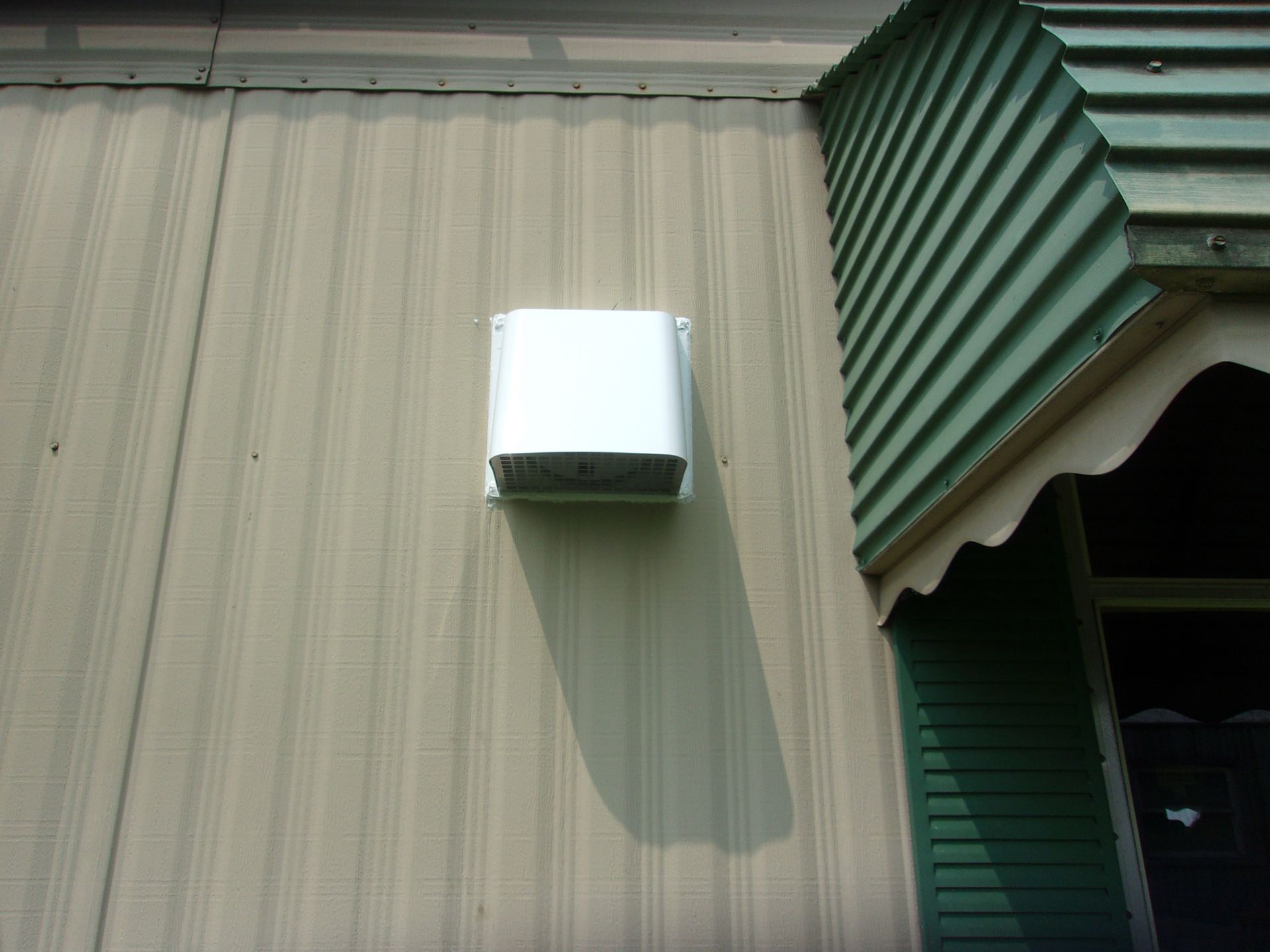
What's the Difference? - Double your protection with the best mobile home insulation
Mobile homes all come with some form of insulation already installed, for example the siding contains rolled insulation that is installed at the factory. On older mobile homes its value is as low as R-3, and on the newest mobile homes their values are closer to R-19...neither of which is sufficient for Ohio winters!
Once Unified Home Solutions has installed the insulation in the flooring or belly of a mobile home, Jeremiah, our Vice-President says that “On most mobile homes, you're looking at R-38 or greater after insulated”. That is double the insulation value that even the newest models of mobile homes provide!!
Half of the protection means that your heating and air conditioning need to work much more to keep the home comfortable, and are costing you much more in extra consumed electricity! In addition to the extra insulation, all duct work and water lines are located underneath a mobile home, so insulating the belly encapsulates the duct work and makes the home warmer and the furnace run less!
The Thermal Envelope of a Mobile Home – How to insulate a mobile home
A thermal envelope is an indoor space that is fully insulated on all six sides, the roof and floor, and the four walls. This traps the hot or cold air inside where the occupants are able to enjoy it and allows only controlled airflow through the area. The thermal envelope on a mobile home is the same, but also a little bit different.
Since the four walls come pre-insulated with rolled insulation, and due to the wall structure, cannot be further insulated, Unified Home Solutions focus on the floor and ceiling. The floor can be a major source of heat loss in a mobile home without an insulated underbelly and so it is what we primarily insulate on a mobile or modular home.
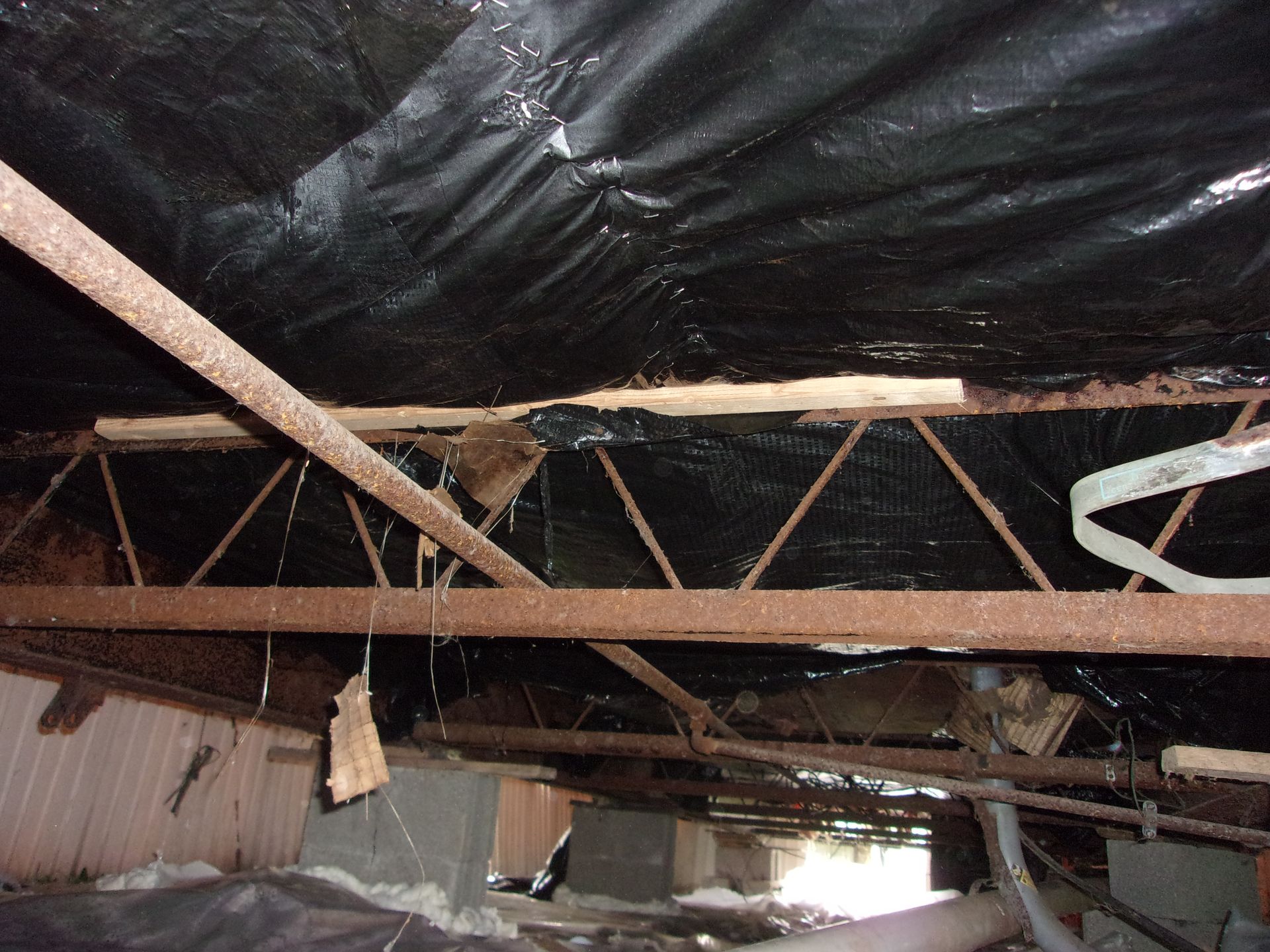
Roof Insulation for Mobile Homes
The roof is the second most important spot that we target for insulation on mobile homes. The roof space on a mobile home can account for 10 to 15 percent of total energy loss. Heat is absorbed via metallic rooftops in mobile homes, and we want to keep a nicely contained thermal envelope inside of the home, so that it isn't overly hot in the summer or cold in the winter. Not all mobile home rooftops can be insulated. Scheduling a free inspection and quote will allow Unified Insulation to investigate whether your mobile home can support insulation below the roof.
We use an interior drill to access where an attic would be in a conventional home, but on a mobile home, this space is more like an unaccessible, upper crawlspace than an attic. We insert a hose into the upper roof space and blow fiberglass insulation into the area until it has a sufficient amount to avoid energy loss.
Cellulose insulation can be too heavy for mobile home roof supports and so we must use lightweight fiberglass to keep the integrity of the structure. Cellulose insulation is also more vulnerable to water damage than fiberglass, and because mobile homes tend to be more exposed to the elements, cellulose is just not a great fit for this use case.
If you want more examples of why we choose to use fiberglass insulation on mobile homes, please contact one of our experts! They have every answer for any questions that you can think of and are always happy to interact with inquiring minds! This is our passion and we just love to talk about it!
Send us an email here or
give us a call, 330-773-7377!
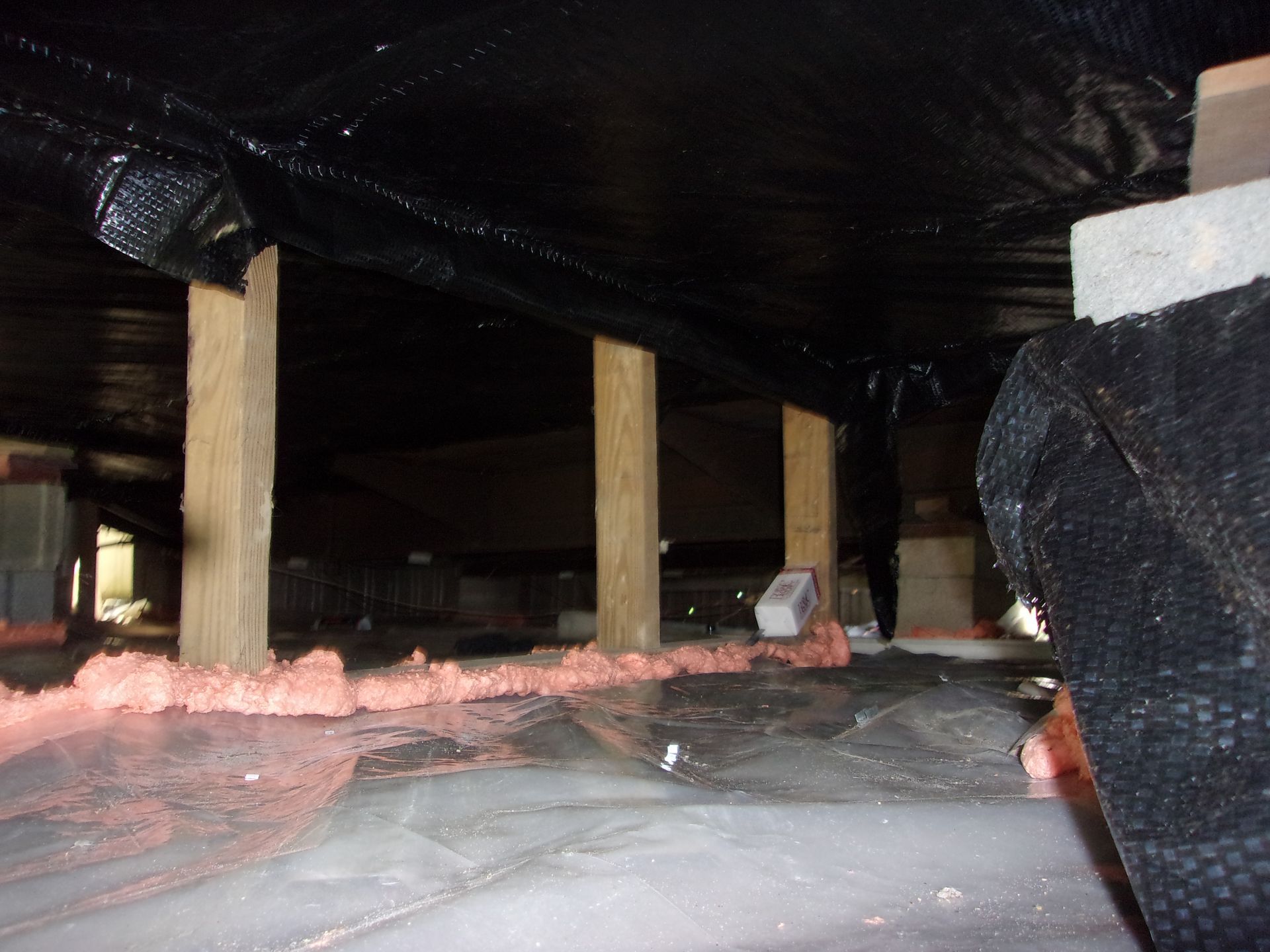
Professional vs DIY - Which will outlast?
The mobile home underbelly is made from woven paper fibers that allow vapors to leave the dwelling, while still keeping energy locked inside of the homes thermal envelope. Some companies and those who venture into DIY projects will use wires, called insulation supports, to hold the insulation in the rafters of the crawlspace, or we have seen some of them use a material meant for another purpose as their underbelly, such as landscaping fabric or plastic sheeting.
We have found that these cheaper 'replacements' will fail over time, often tearing away or stretching until they burst. Insulation will fall away from the underside of the mobile home, which is not good when trying to keep a uniform thermal envelope. When insulation falls away from where it should be, it will lead to cold spots on the floor and let in drafts. Blown fiberglass that is held in place with a paper underbelly, made for that purpose, is the best option for winter, summer, and long lasting mobile home insulation.
Now that you know the benefits and the process
There is every reason to have your mobile home insulated, the biggest being
double the protection! Now that you know how much energy (and money) you could be saving every month, as well as being more comfortable, what are you waiting for?
Give Unified Home Solutions a call today
330-773-7377 to speak about your mobile home insulation.
After hours you can always send us a message on our contact page here
